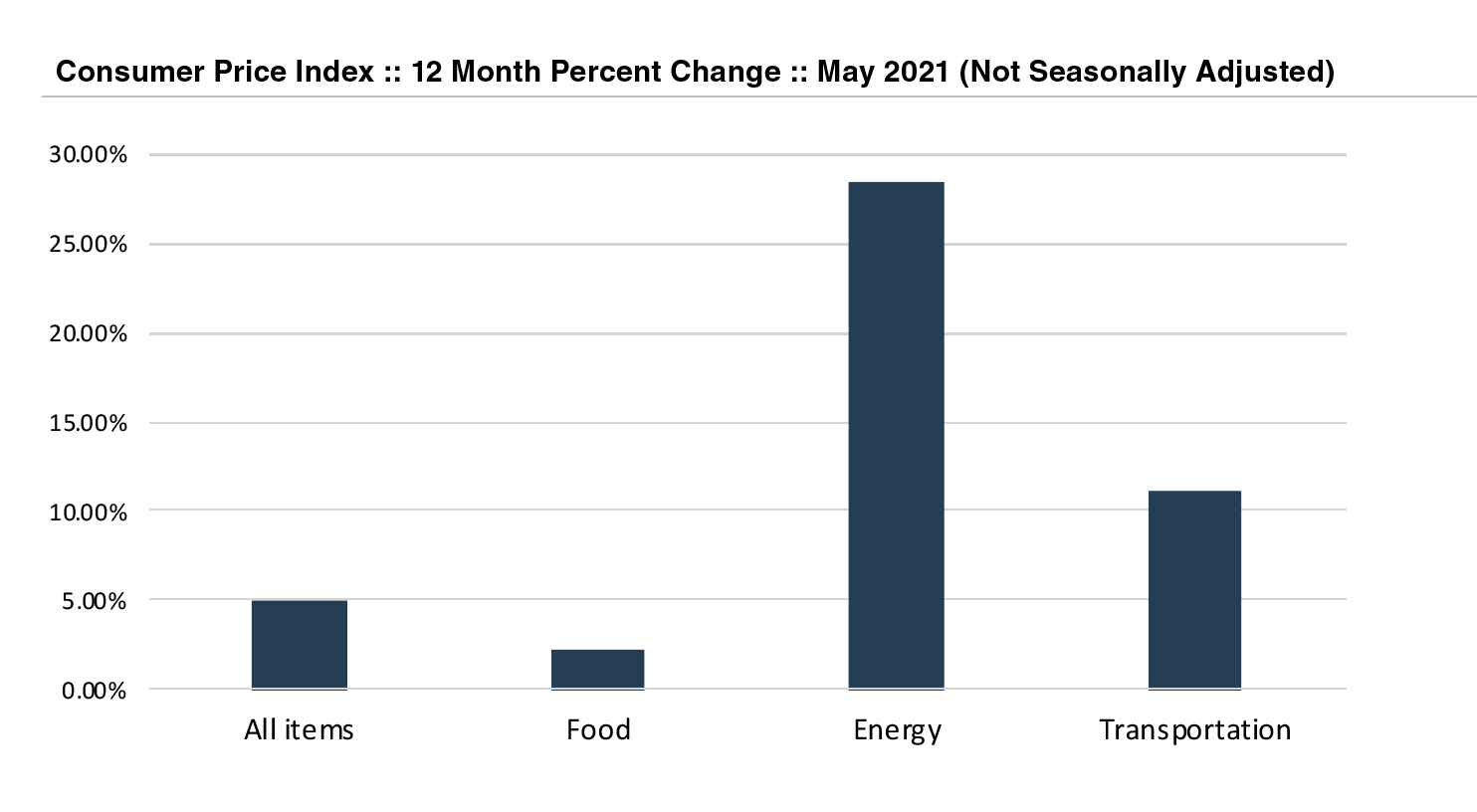Labor Shortage in Trucking Industry Leading to a Rise in Consumer Pricing
A truck driver’s lifestyle is typically portrayed as being lackluster due to exhausting work hours and countless days away from home. As a result of the work environment for a driver, prospects debating entering the labor force in this career field ponder whether driving would be an enjoyable lifestyle. Due to the notion that the younger generation typically finds a career path in trucking unappealing, the demographics of this industry lean towards older males with 27% of truck drivers being over the age of 55 and the median age being 46.
Once the COVID-19 pandemic hit the United States in 2020, the demand for truck drivers increased sharply as many consumers turned towards online shopping. Even though trucking services were in high demand, the trucking industry struggled to grow its workforce during this time period.
Many eligible drivers elected to enter early retirement rather than waiting to return to work at the conclusion of the pandemic. Additionally, many prospects in the job market feel that they can achieve better working conditions and benefits along with similar wages working somewhere besides the transportation industry. Driver turnover is another factor that contributes to the abundance of available positions. Historically, truck drivers have a yearly turnover rate of 87%. During the 4th quarter of 2020, truck driver turnover reached 92%. High turnover rates coupled with mediocre working conditions have directly contributed to the current driver shortage that the United States is facing today. We last looked at this driver shortage in December 2018 – the situation has not changed and driver hiring and retention remains a concern for many trucking companies.
Logistics companies have been forced to raise wages for their current drivers. Many have seen wage increases of up to 50% since 2018 due to lack of available drivers throughout the U.S. Leah Shaver, CEO of the National Transportation Institute told Transport Topics that the ongoing duration of driver shortage is leaving companies with no choice but to raise pay. “For the last few weeks, it seems every couple of hours, some fleet is increasing pay,” she said. “The fleets are telling us because capacity is so tight, they could do four times the amount of work, if only they had enough drivers.” It harkens back to basic supply and demand – increasing wages for truck drivers is an approach that many transportation companies have instituted in order to fill vacant driver positions.
Hiking wages for drivers has had a serious economic impact on the economy. Elevated wages for drivers have forced retailers to increase their prices. Retailers reason that they must raise their prices as a result of the increased shipping costs so that they can maintain their current profit margins. As a result, the consumer price index has been steadily on the rise every month in 2021. The CPI surged 4.2% in April, 2021, causing it to reach a 13 year high surpassing pre-Recession levels. For the 12 months ending March 31, 2021, the CPI increased 2.6% overall, with food prices seeing a rise of 3.5% and energy prices skyrocketing 13.2%.



